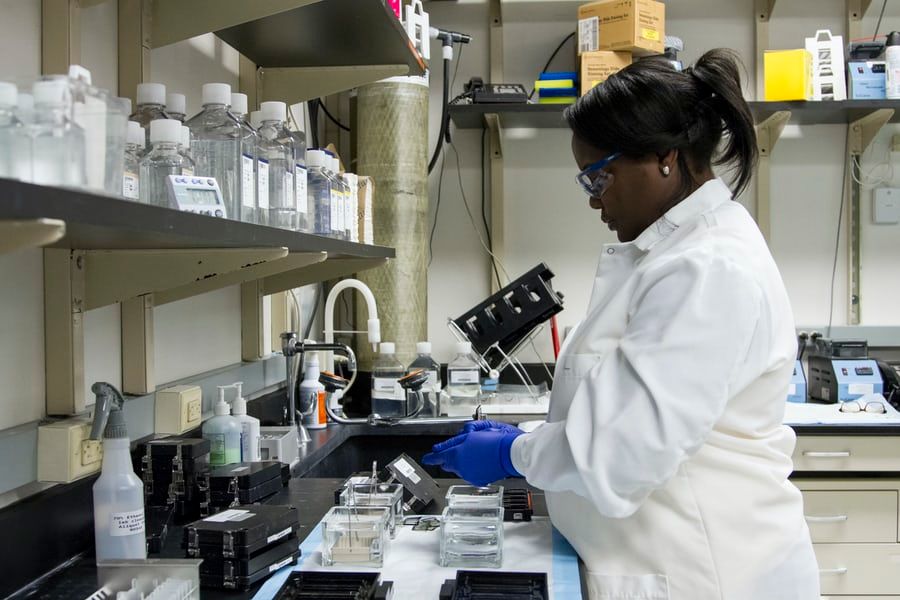Protein “Signature” of Severe COVID-19 Identified
The analysis identified over 250 severity associated proteins that can help to explain varying cases of disease in patients.

A recent study conducted by a team of investigators from Massachusetts General Hospital has uncovered the protein “signature” of severe COVID-19, which will aid in the understanding of how the virus impacts the human immune system.
Results from the study were published in the journal Cell Reports Medicine.
"We were interested in asking whether we could identify mechanisms that might be contributing to death in COVID-19," Marcia Goldberg, a senior author on the study said. "In other words, why do some patients die from this disease, while others--who appear to be just as ill--survive?"
For the study, the investigators employed an analysis of the entire protein composition known as proteomics. The team gathered 384 blood specimens from patients who arrived at the hospital and showed respiratory symptoms similar to those of COVID-19.
They then looked at the data produced by the samples using the proteomic analysis.
The data showed that the patients who eventually ended up testing positive for COVID-19 had a consistent protein signature, no matter the severity of their disease.
The investigators then compared the data of the patients with severe disease with the data of those with less severe cases.
Through this comparison, they identified over 250 severity associated proteins. The most prevalent protein was interleukin-6 (IL-6), which rose steadily in patients who died, while it rose and then dropped in those with severe disease who survived.
The investigators believe that these proteins are important for understanding why some people with COVID-19 develop more severe cases than others.
"They are highly likely to be useful in figuring out some of the underlying mechanisms that lead to severe disease and death in COVID-19," Goldberg said.
The team is currently using the samples from this study to understand others aspects of COVID-19, like the qualities of antibodies which patients form against the virus.
